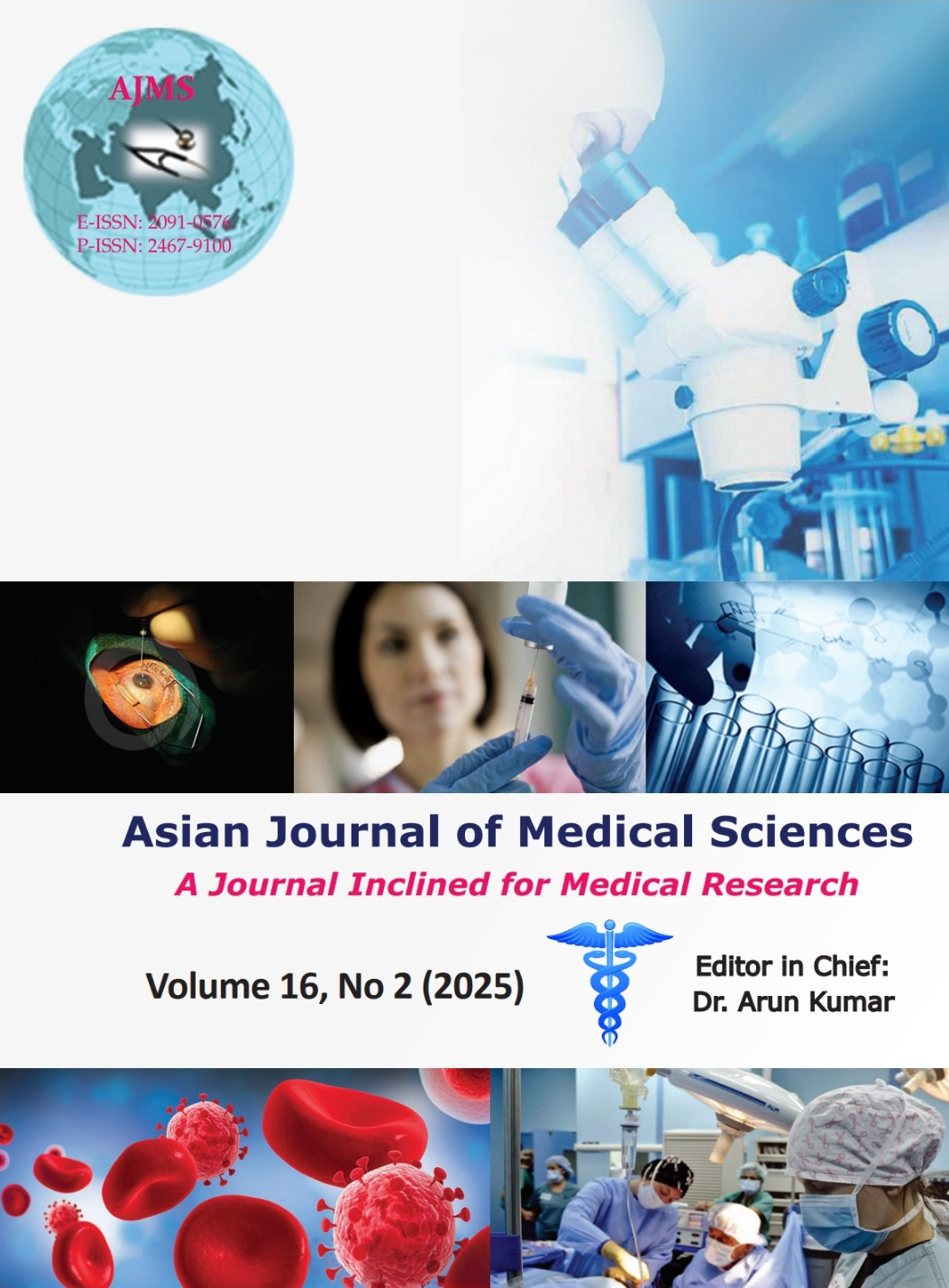Comparison between sevoflurane and propofol induction in I-gel insertion in pediatric patients undergoing inguinal herniotomy
Keywords:
I-gel; Propofol; Sevoflurane; Inguinal herniotomy; Induction characteristics; Hemodynamic changesAbstract
Background: Supraglottic airway devices are crucial in pediatric anesthesia for their ease of use, reduced trauma, and minimal hemodynamic disturbance. The I-gel device offers a secure airway seal without the need for an inflatable cuff, making it ideal for pediatric patients by minimizing airway trauma and postoperative sore throat.
Aims and Objectives: The study was conducted to compare the induction characteristics of Propofol and Sevoflurane for I-gel insertion in pediatric patients. The primary objectives were to assess the ease of induction and hemodynamic changes. The secondary objective was to note complications such as laryngospasm, coughing, biting, and gagging with Sevoflurane and Propofol induction.
Materials and Methods: The prospective observational study included 66 children aged 6 months–8 years with American society of anesthesiologists physical status I and II, scheduled for elective herniotomy. Participants were randomly divided into two groups. Group 1 was induced with Sevoflurane (4–6%), while Group 2 received intravenous Propofol (2.5 mg/kg). Induction ease, hemodynamic changes, and complications were assessed.
Results: Demographic characteristics, such as age and sex, were comparable across both groups. Mean times to loss of eyelash reflex, jaw relaxation, and I-gel insertion were significantly shorter in Group 2 (Propofol) than in Group 1 (Sevoflurane) (P<0.001). Heart rate showed no significant differences between the groups (P>0.05). Mean arterial pressure was significantly lower in Group 2 at 5- and 10-min post-induction. The first attempt success rate was higher in Group 2, though not statistically significant (P=0.073). Group 1 exhibited a higher incidence of laryngospasm (P=0.010).
Conclusion: Propofol demonstrates superior induction characteristics for I-gel insertion in pediatric patients, offering shorter induction times and fewer complications compared to Sevoflurane. Future research could explore the long-term outcomes and broader applications of these findings in diverse pediatric populations.
Downloads
Downloads
Published
How to Cite
Issue
Section
License
Copyright (c) 2025 Asian Journal of Medical Sciences

This work is licensed under a Creative Commons Attribution-NonCommercial 4.0 International License.
Authors who publish with this journal agree to the following terms:
- The journal holds copyright and publishes the work under a Creative Commons CC-BY-NC license that permits use, distribution and reprduction in any medium, provided the original work is properly cited and is not used for commercial purposes. The journal should be recognised as the original publisher of this work.
- Authors are able to enter into separate, additional contractual arrangements for the non-exclusive distribution of the journal's published version of the work (e.g., post it to an institutional repository or publish it in a book), with an acknowledgement of its initial publication in this journal.
- Authors are permitted and encouraged to post their work online (e.g., in institutional repositories or on their website) prior to and during the submission process, as it can lead to productive exchanges, as well as earlier and greater citation of published work (See The Effect of Open Access).




